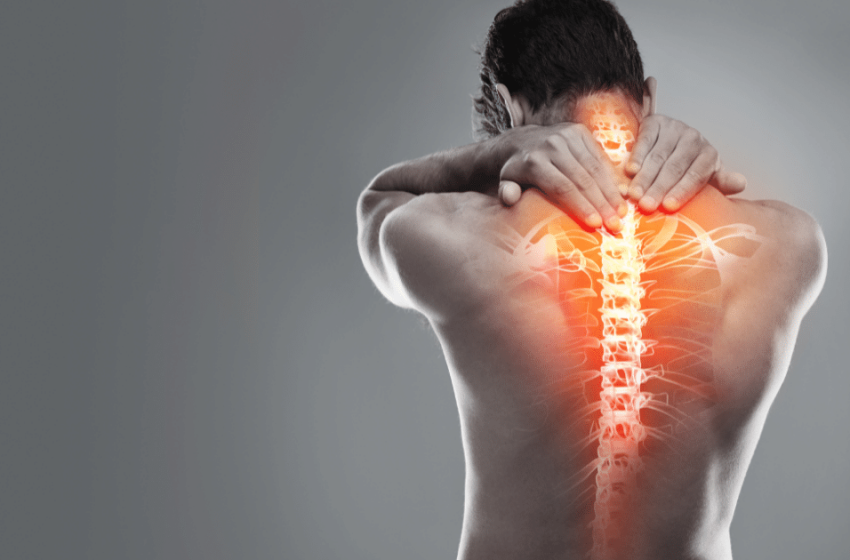Pain and Depression: Making Sense of Their Complicated Bond

The Beginning
Pain and sadness are two of the most common and difficult to deal with health problems in the world. Even though they are usually thought of as two different things, there is a lot of overlap between them. People who are depressed are more likely to be in constant pain, and the other way around is also true. Understanding how pain and depression affect each other in complex ways is important for coming up with effective ways to treat and control them. The biological, psychological, and social factors that make them happen together are looked at in this piece to show how complicated their relationship is.
What Biology Says
At the heart of the link between pain and sadness is a complicated web of biological processes that work together. Neurotransmitter systems, especially serotonin, norepinephrine, and dopamine, change in both situations. These chemicals are very important for controlling mood, emotions, and pain perception. When these systems don’t work right, it can make both physical pain and mental distress worse.
Also, having chronic pain can change the way the brain is built and how it works, especially in parts of the brain that handle pain and emotions, like the prefrontal cortex, amygdala, and hippocampus. These changes can make people more likely to develop depressive symptoms and make depressive conditions worse in people who already have them.
On the other hand, depression can make pain feel worse by making the nervous system more sensitive to pain cues. Also, people who are depressed may have changes in the processes that control pain, which can make pain worse and lower their ability to tolerate it.
The Psychological Perspective
There are also a lot of psychological factors that affect the link between pain and sadness. Feelings of anger, hopelessness, and helplessness are common in people who are depressed, and chronic pain can make them worse. The relentless nature of pain can erode one’s sense of control over their life, leading to a downward spiral of negative emotions and cognitive distortions.
In the same way, people who are depressed may pay more attention to their physical feelings, such as pain. People who are depressed often dwell on bad things and think about the worst possible outcomes, which can make pain feel worse and make it harder to go about daily life. Additionally, maladaptive coping strategies, such as avoidance and withdrawal, can further contribute to the persistence of both pain and depressive symptoms.
The Part About People
Pain and sadness are linked, but social factors also play a role. Chronic pain can disrupt social relationships, leading to social isolation, loneliness, and feelings of alienation. The inability to participate in social activities or fulfill social roles due to pain can contribute to feelings of worthlessness and exacerbate depressive symptoms.
On the other hand, social support is very important for lessening the effects of both pain and sadness. Strong social networks can offer mental support, practical help, and company, which can help lessen the bad effects of both conditions. However, individuals with chronic pain or depression may face stigma and misunderstanding from others, further complicating their social interactions and exacerbating their distress.
Treatment Implications
Given the complex relationship between pain and depression, treatment approaches must address both conditions comprehensively. Integrated treatment models that target both physical symptoms and emotional distress have shown promising results in improving outcomes for individuals with comorbid pain and depression.
Multimodal interventions, such as cognitive-behavioral therapy (CBT), mindfulness-based stress reduction (MBSR), and acceptance and commitment therapy (ACT), have been effective in reducing both pain intensity and depressive symptoms. These approaches help individuals develop adaptive coping strategies, challenge negative thought patterns, and cultivate mindfulness and acceptance of their experiences.
Pharmacological interventions, including antidepressant medications and analgesics, may also be prescribed to alleviate symptoms of both pain and depression. Selective serotonin reuptake inhibitors (SSRIs) and serotonin-norepinephrine reuptake inhibitors (SNRIs) are commonly used antidepressants that have demonstrated efficacy in treating both conditions. However, careful consideration must be given to potential side effects and drug interactions.
In conclusion
Pain and depression are intertwined in a complex web of biological, psychological, and social factors. Understanding the dynamic interplay between these conditions is essential for developing effective treatment and management strategies. By adopting an integrated approach that addresses both the physical and emotional aspects of pain and depression, healthcare providers can improve outcomes and enhance the quality of life for individuals struggling with these debilitating conditions. Moreover, raising awareness about the intersection of pain and depression can help reduce stigma, promote early intervention, and facilitate access to appropriate care for those in need.




